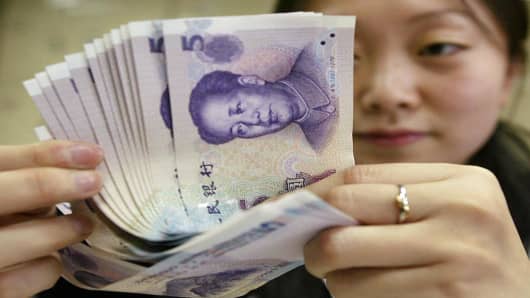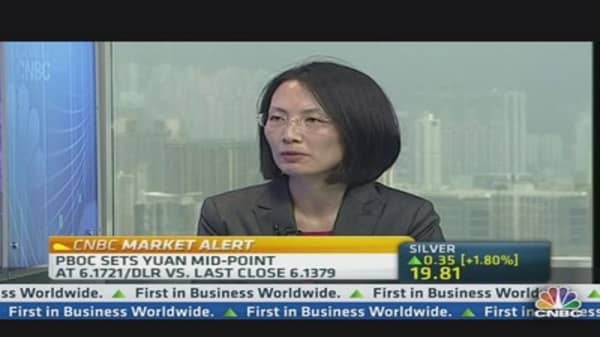China took another step towards financial liberalization on Friday, when the nation's central bank scrapped the floor on lending rates for commercial banks, essentially freeing lenders to issue loans as cheaply as they wished.
Authorities hope the move would spur competition among lenders, and allow borrowers access to cheaper money at a time when economic growth is slowing.
While the move reflects the government's determination to push ahead with reforms in the sector, economists say the practical impact on rates would be minimal.
The reason, quite simply, is that Chinese banks don't compete on loan pricing. Majority of the loans in China have been made above the benchmark rate of 6 percent, despite the previous policy which allows lenders to offer loans at up to a 30 percent discount from the benchmark rate.
(Read More: China liberalizes bank lending rates in reform push)
"The scrapping of the lending rate floor will likely have little impact on bank lending rates as banks don't compete on pricing and they rarely lend at lending rate floor," wrote May Yan, head of China banks research at Barclays.
"Therefore, the real economy may not get lower funding cost, and economic growth may not benefit much from this move," Yan said.
(Read More: The long game: Why a China slowdown isn't scary)
According to research by the bank, only 12 percent of loans were priced below benchmark rates in the past decade, with 24 percent at benchmark rates and 64 percent above the benchmark rate.
"Banks have been competing rationally as they know pricing competition is going to hurt the industry and themselves. We do not expect banks to change much of their behavior after the announcement," Yan said.





